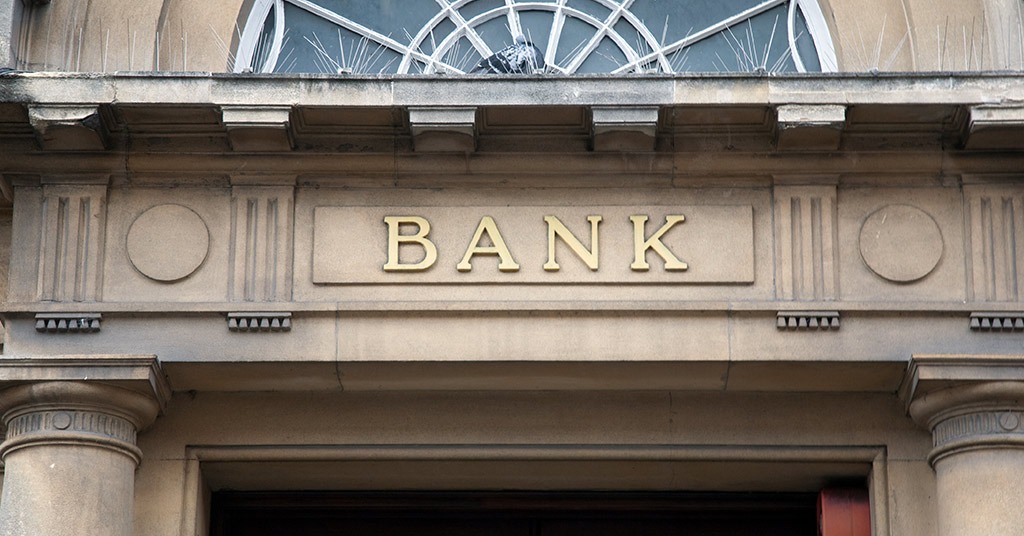The banking industry has evolved greatly over the last year

Banking trends 2021 to watch out for. Source: shutterstock.com
The pandemic has strongly affected all industries and segments. Digital experiences have gained utter importance. For financial institutions, it has meant rapid acceleration of technological development. The results can be tracked in the main banking trends of 2021.
Big data
As customers are increasingly using different online tools to manage their finances and spend money, traditional data analysis models do not present the full picture. For instance, in countries like Mexico, where the overwhelming majority have no credit cards or traditional credit history, banks miss out on loan opportunities. At the same time, several fintechs take a larger scope of financial data into consideration. They are successfully filling the niche of online credit without excessive risks. Big data introduces new schemes, enabling better knowledge of customers’ profiles, generating insights on customers’ trends, predicting their behaviour, and evaluating risks. Big data can also be used in credit management to detect fraud signals immediately if it’s analysed in real time using AI. The Big Data Analytics in the banking market is expected to register a CAGR of 22.97%, during the period of 2021-2026.
Hyper-personalisation
People are so used to targeted ads, carefully selected individual offers, and relevant advice given by mobile apps that personalisation has already become a norm in e-commerce. It’s a must for the banking industry as well. We must admit, some level of personalisation is already present in banking services. However, there’s still much room for growth. For instance, popular money-management resources and tools usually categorise spending and track progress towards saving goals. They provide financial tips and tricks too. It’s high time to take a step farther and include expenses forecasts, or debt management suggestions based on one’s individual budgeting habits. Moreover, instead of general tips, banking apps may refer to actual transaction history to illustrate the rule of thumb. Used wisely, marketing automation can also deliver customised messages about new banking offers at the most suitable time and place. The offers may include the description of how the given person can use selected banking products in their individual circumstances. With the right analysis of behavioural data, banks can not only respond to customers’ needs but also anticipate them. According to Deloitte, hyper-personalisation is an imperative for successful retail banking at the present time.
Automation
Banking automation makes the operating system highly efficient, whereas human intervention is reduced to a minimum. It decreases both operational costs and human errors. Today, many processes in banking are automated: from onboarding processes in lending, to fraud detection and KYC procedures. Banks also use Robotic Process Automation (RPA) to perform repetitive tasks like data entry. Institutions automate customer service with chatbots processing common requests, and back-office workflows such as information technology, human resources and inventory management. RPA robots utilise the user interface to capture data and manipulate applications just like humans do. At the same time, Digital Process Automation (DPA) which connects processes across the whole organisation under a unified system is not widely employed in banking. Also known as hyper-automation, the system affects both business processes and customer processes via an advanced ecosystem of operational and customer facing digital solutions. As Juniper Research predicts, total RPA revenues in banking will increase to $1.2B by 2023, growing at CAGR of 27.4%. It’s also estimated that $7.3bn worth of assets will be managed by Roboadvisors in 2023, whereas chatbots will drive annual cost savings of $11.5bn in 2023. However, automation in banking will not only grow, but also reshape to the unified end-to-end experience.
Human touch
No matter how advanced technologies become, people still need interaction with other human beings. The year of pandemic-induced isolation and social distancing has only fueled the craving for interpersonal communication and a friendly attitude. Thus, both neobanks and multi-channel banking institutions must maintain a human touch of some kind. All relationships are based on emotions, and those between customers and brands are no different. Bank customers need understanding and empathy when they’re making their financial decisions. If they feel genuine care from an institution, it increases customer loyalty.
To provide the required care level, banks need to apply technologies, although it might seem paradoxical. AI algorithms can gather and analyse loads of customer data to better understand individual buying and customer-service journeys. These insights will help bank agents to address financial pain points and give individual actionable advice. While routine messages and services should be automated, complex requests, complaints and financial consultations must preserve the human touch. This human presence is now more complex, since customers also want less friction and greater accessibility. The possibility of an old-school visit to a bricks-and-mortar branch is not enough anymore. Human bank representatives must be also available remotely.
For instance, via video calls, which are both convenient and more personal than chats. As for the chatbots and robo-advisors, they are a great instrument for online and mobile banking as long as they are fun and friendly, and quickly redirect customers to human agents in case of complex issues. “Human mixed with digital will be an important combination” moving forward in the post-pandemic world, says Jamie Warder, executive vice president and head of digital banking at KeyBank. He calls this “phy-gital,” suggesting a harmonious blend of physical presence and digital resources as the future consumer banking experience.
Immediacy
Most of the daily transactions performed through mobile banking apps and online portals are instant. However, with different types of money transfers, funds may arrive in a few hours, or even within two to five business days. It happens because of the legacy banking infrastructure. All transfers for a certain bank may be done in batches during the day, to an automated clearinghouse that sorts them and moves money to the receiving banks. This long-asset delivery is contrary to what customers want. In a recent survey about open banking implementation from Mambu, nearly half of respondents admitted they preferred instant digital money transfers, whereas 38% wanted immediate access to an aggregated bank balance of different accounts at a glance.
Another study shows that 58.4% of consumers would use real-time payments, because they are easy and convenient, and 51% say that they would be able to manage their accounts more easily if they made payments in real-time. “Accelerating The Real-Time Payments Demand Curve” report illustrates that consumers would be willing to pay fees or even switch banks to access real-time payments.
There are many “faster-payment” schemes available around the globe aimed at expediting the availability of funds processed in batches with greater frequency. At the same time, Today, only 56 nations have enabled real-time payments — still less than one-third of the world’s nations. With the rise of 5G, improved usability that tech has created in other sectors is impacting customer requirements to the banking industry as well.
Therefore, we’re expecting to see much more real-time payments use cases in the banking industry in 2021.
SEE ALSO:









